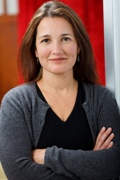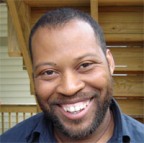
Betsy Theobald Richards
Creative Change: Grow with the Flow!
Posted by Dec 03, 2012

Betsy Theobald Richards
 Betsy Theobald Richards
Betsy Theobald Richards
In the arts & social justice world, a plan for expanding impact is more than good business, it’s our roadmap for changing the world.
Infrastructure and funding for arts-for-change projects may be nascent, but as Jeff Chang and Brian Komar remind us in Culture Before Politics, creativity is the “most renewable, sustainable, and boundless of resources” with which we can capture the American imagination and plant seeds of social transformation.
Artists and cultural producers are the stewards of that renewable resource and we need to look out for and nurture their development as we plan for growth and impact.
On one level, growth can imply physical and financial increase for projects over time (bigger! more money!) but many of our leaders find themselves sleeping on couches, wearing multiple hats, under valuing their worth and staying up all night (you know who you are…) and thus, facing burn out while scaling up.
The other side of scaling up means that we can find ourselves prioritizing meetings, chasing operating support, and losing track of the nimbleness and creativity that is needed in the face of an election, a disaster, or an injustice.
Read More

 Bill Rossi
Bill Rossi

















































